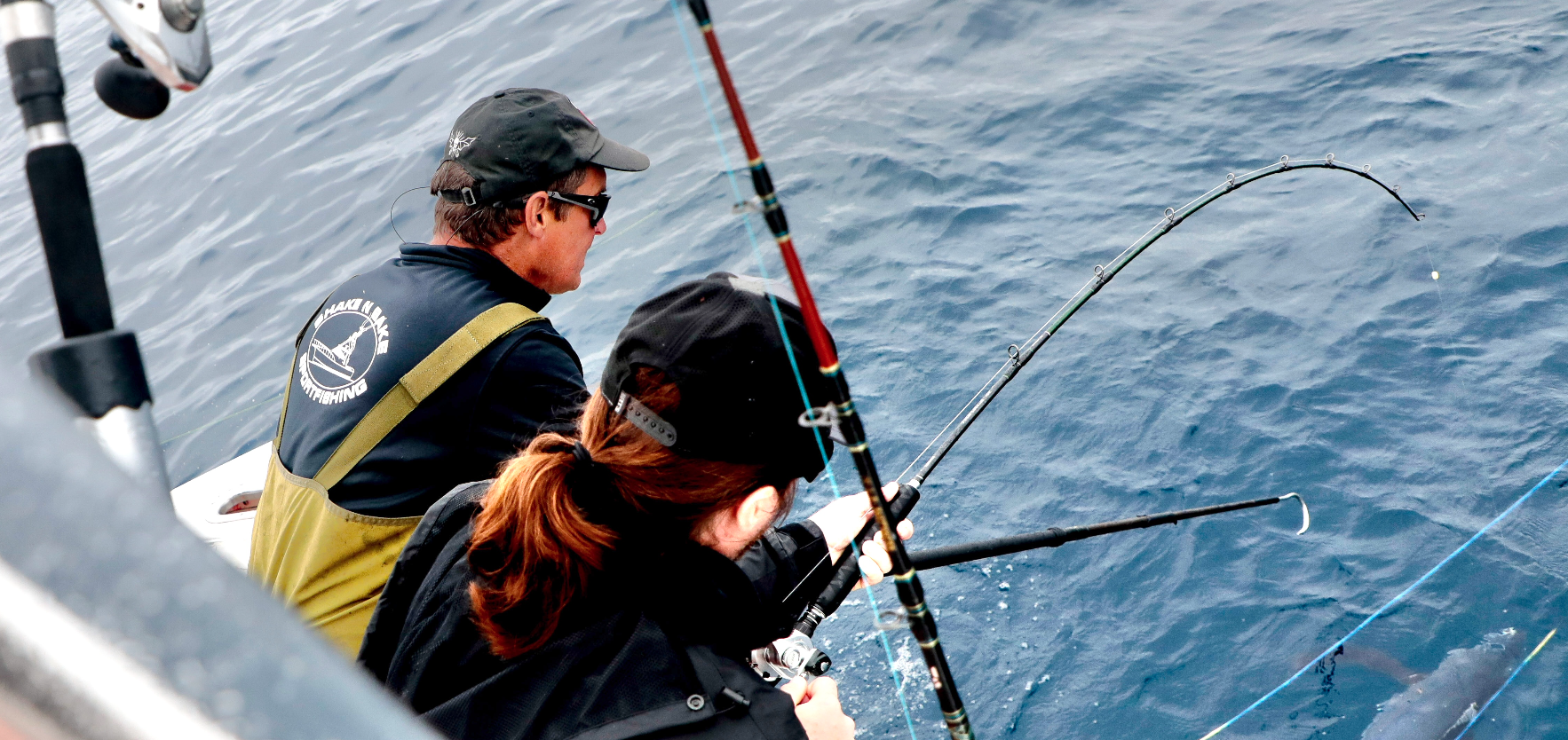Birding: Woodpeckers: A major attraction for birders in the Pacific Northwest
Published 5:09 pm Thursday, December 12, 2019

- Snow will do when a woodpecker wants a drink!
Twelve species of woodpeckers breed in the Pacific Northwest. They are excavating specialists, colorful, and energetic. Their behavior is interesting and they are fun to watch.
Trending
In our immediate area, the Long Beach Peninsula, five species of breeding woodpeckers have been recorded to date. The red-breasted sap-sucker, the small downy woodpecker, hairy woodpecker, the familiar northern flicker and the very strikingly beautiful pileated woodpecker are all here year round. All but the northern flicker are uncommon, which means considered to be present, but not certain to be seen. Northern flickers, however, are common year-round residents. I hear their voices loud and clear daily, and often see them as they fly from tree to tree, their white rump visible all the way.
If you see a woodpecker, make note of its feeding behavior. Some like the northern flickers forage on the ground for ants and other insects, but they will also eat berries in winter and readily come to seed and suet feeders. They especially enjoy the suet I put out because it is full of insects and mealworms. All woodpeckers love these treats, especially in winter!
Sapsuckers drill holes in trees called wells, and feed on the sap that drains out, as well as feeding on the insects that also feed on the sap. Thirsty woodpeckers of all of our species will come to a bird bath for a refreshing drink, and if there is snow in the area will even “eat” or ”drink” the snow if a bird bath or another water source isn’t nearby or accessible.
Trending
Woodpeckers use their stiff tail feathers as a brace when clinging to a tree, and when clinging to a suet feeder! They typically perch vertically on trees. They use their bill as if it were a chisel to drill into the tree bark in search of insects, and when they are constructing nest holes. These behaviors are indicative of a woodpecker and is a good tip to use when identifying the bird. Male woodpeckers generally have red on their heads, while females generally do not.
The most spectacular of the woodpeckers is the pileated!! Even the female of the species sports red on her head and crown. The male’s red is a little more extensive being on the head, crown and forehead. At just over 16 inches, it is the largest woodpecker in the Northwest.
I have been paying close attention to woodpeckers of late. Now that the leaves have mostly fallen from the deciduous trees, it is easier to watch bird behavior, especially the foraging and feeding antics of our woodpeckers. In particular, I have been observing the behavior of the northern flicker. Watching them drink water and snow has been possible lately. What a treat it is to see the northern flicker in action. It is amazing to watch them grasp on to small suet feeders, maneuvering and securing their position using their stiff tail feathers. As I watched, when the flicker had had its fill and flew off, the diminutive downy woodpecker flew in to take its place. It too used its tail feathers to get in to the correct position to devour the nourishing suet from my rather small cylindrical feeder. In fact, both the female and the male snuck in to feast on the insect laden suet. The male wasn’t all that pleased with the lady’s presence though, and proceeded to chase her all over the yard, but she held her ground and managed to get her share.
The hairy woodpecker hasn’t ventured to the feeders yet, but I have been seeing it in the some of our forested areas where it was probing for insects on the trunks of dead and living trees. I last saw the red-breasted sapsucker on the Peninsula during the summer perched vertically on a tree in the yard showing off its all red head and breast. One of its field marks is the white vertical stripe on its black wings.
Ah, woodpeckers of the Pacific Northwest are a major attraction for birders, I think — at least they are for me! They are majestic and energetic and their foraging and feeding behavior is fascinating, and besides most will let us have a look close-up and personal because they will come to our feeders. Their feeding behavior and coloration is a clue to their identification. Watch for them this winter. You will love them!
“Common Birds of the Long Beach Peninsula,” by Kalbach and Stauffer, is available from the Chinook Observer, Bay Avenue Gallery, Time Enough Books and the Long Beach Peninsula Visitors Bureau.









